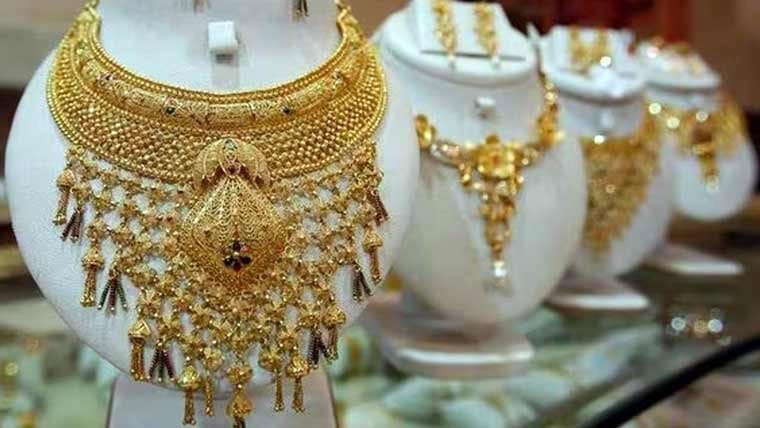The contrasting outcomes of Utility Stores Corporation (USC) and Model Bazaars highlight the crucial differences in leadership, operational efficiency, and financial governance, which have led to USC’s forced shutdown and the expansion of Model Bazaars under the management of PMBMC (Punjab Model Bazaar Management Company).
These distinctions stem from critical initiatives that set Model Bazaars apart as a distinguished organization, while USC has faltered due to corruption and mismanagement.
The downfall of USC is rooted in financial mismanagement and corruption, as detailed in multiple audits that uncovered Rs 14 billion in irregularities between 2018 and 2020. The organization was plagued by fraudulent procurement practices, inflated costs, and insider collusion, leading to substantial losses, including a Rs 2.6 billion loss linked to the procurement of flour and sugar
These systemic issues and the government’s unpaid debt of Rs 20 billion prevented USC from sustaining its operations.
In contrast, Model Bazaars have excelled in financial management, demonstrating self-sustainability without relying on government subsidies. Under PMBMC’s leadership, Model Bazaars implemented structured rent collection systems and diversified revenue streams. They introduced innovative services such as Free Home Delivery, allowing them to grow and expand across the province.
This financial independence and credibility allowed them to secure Rs 2.5 billion in funding for expansion, a clear reflection of the government’s trust in their operational model.
While USC is being shuttered as part of a rightsizing initiative aimed at reducing loss-making state-owned enterprises, Model Bazaars have enjoyed strong government backing, with the Punjab government, led by the Chief Minister, endorsing key initiatives. One example is the Sahulat Stall initiative, introduced by PMBMC, where daily usage items are sold at prices even lower than DC-notified rates without government support or subsidies. This initiative reflects the strategic vision of Model Bazaars, which emphasizes public welfare while maintaining financial independence.
Furthermore, the free allocation of state land in 13 districts to expand Model Bazaars showcases the government’s confidence in its ability to deliver affordable, high-quality goods to the public.
USC’s operational inefficiencies significantly contributed to its downfall, including outdated systems, poor inventory management, and delayed vendor payments. The corporation’s reliance on running finance facilities with high interest rates further eroded its operational viability.
In contrast, Model Bazaars have invested in modernizing their infrastructure, including solarizing bazaars, to reduce operating costs and enhance sustainability. Adopting digital systems for inventory management and rent collection has made operations more efficient, allowing Model Bazaars to handle increased customer footfall during peak periods such as Ramzan. This modern approach has earned them public and governmental trust, setting them apart as a efficient public service delivery model.
Years of corruption and inefficiency have tarnished USC’s reputation, eroding public trust in the organization. Despite serving millions of low-income families, USC could not compete with private retailers, such as Imtiaz Supermarket, due to its inability to provide consistent services and competitive prices.
On the other hand, Model Bazaars have maintained a strong, positive public image due to their transparent governance and well-managed operations. Initiatives such as the Sahulat Stalls and Free Home Delivery have further bolstered their reputation as a reliable provider of affordable essential goods. The introduction of Standard Operating Procedures (SOPs) for stall management and a robust complaints redressal mechanism has ensured accountability and efficiency, distinguishing Model Bazaars from their struggling counterparts.
Model Bazaars’ success and USC’s failure are the direct results of contrasting approaches to financial management, operational efficiency, and government support. While USC collapsed under corruption, mismanagement, and a lack of strategic vision, Model Bazaars have thrived through sound governance, financial independence, and government trust. Key initiatives such as the Sahulat Stalls, Free Home Delivery, and the solarization of bazaars have made Model Bazaars a beacon of public welfare and operational success, positioning them for continued growth with Rs 2.5 billion in funding and expansion into 13 new districts. The free land allocation and unwavering government support further highlight why Model Bazaars have become a distinguished organization, setting a new standard for public service delivery in Pakistan.














